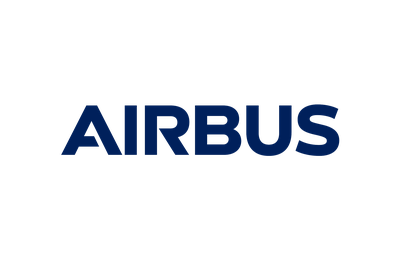2018 Competition: Designing the Robotic Space Tug?

Project Specifications

- Service Requirements
Identify the applications being proposed for a multi-purpose space tug. For each application, describe fully the problem to be solved, the capabilities that a space tug would need to address the problem, and the requirements these capabilities place on the design of the spacecraft, from sensors and actuators to fuel and thrust. - Market for Services
A sustainable space tug must serve governmental and commercial buyers willing to fund its operation. Identify by type of organization or company the most likely buyers of the services of the space tug you have specified. Explain the availability or unavailability of competing solutions. This will be a speculative exercise but is valuable in matching design to potential need. - Technical Capabilities
Select a group of applications that you will design to space tug to accomplish and define the common capabilities required to serve those applications and are feasible to design into a single spacecraft. Use this information to develop specifications for your space tug. - Design
Based on the above work, produce a high-level design for the space tug that meets the service requirements and technical specifications you have identified. Identify potential suppliers of engineering, components and assembly, relevant existing technologies and, where you believe feasible, technologies in development that have not yet proven themselves but solve a design or cost problem. Consider issues of refueling for multiple missions versus creating single-mission vehicles, communications with controllers for a vehicle in motion across the sky, regulatory and insurance considerations for orbital operation and liability for damage to objects in orbit. - Cost Estimate
Estimate on a high level the development costs for the space tug, the per-mission operating costs, and the likely launch provider and costs to put the space tug into orbit.
The final report will be judged first on the quality, depth and rigor of the work presented and secondly by the breadth of the work in terms of topics covered. In other words, the capabilities you choose for your space tug will not be a factor in evaluation of your report; it is how thoroughly and imaginatively you design it to create the capabilities that matters.
Team Specifications
Teams must be comprised entirely of students at one university (for institutions such as state universities with many campuses, the general rule is that each campus is considered a separate university: e.g., UT Austin, UT Dallas, and UT Houston must keep their teams separate). Teams will be limited to one per university, and team candidacy must be submitted through that university's SEDS chapter (SEDS chapters are each responsible for coordinating their own teams). We recommend between 3 and 10 members per team, but we encourage team leadership to include as many interested chapter members as possible. Individual team members must maintain student status at the university naming the team, and may only contribute to one project at a time.
Since this is a student project, SSPI and SEDS-USA expect student team members to do the vast majority of the work. Mentors are assigned to assist teams with overcoming the learning curve, but should not do substantial work on the project, except when necessity dictates (driven by, e.g., proprietary software). All contributing team members should be credited on the team roster, which is submitted with the project.
Sponsored By
Competition News
UC San Diego Team Designs Space Tug “Argo” to Win 2018 SSPI/SEDS USA Competition
MIT Team’s “SpaceTug” Design Takes Second Place in 2018 SSPI/SEDS USA Competition
2018 Competition Attracts Record Number of University Teams
The 2018 SSPI-SEDS USA competition has attracted a record number of student teams to the competition from schools including:
- Georgia Tech
- MIT
- Purdue University
- University of California San Diego
- University of Central Florida
- University of Colorado Boulder
- University of Kentucky
We thanks SSPI sponsor and member executives mentoring the teams, including:
- Ed Ashford of Ashford Aerospace Consulting
- Ariane Cornell of Blue Origin
- Rebecca Cowen-Hirsch of Inmarsat
- Jennifer Dawson of SSL
- Kathleen Karika of DigitalGlobe
- Nao Murakami of SSL
- Sid Skjei of Skjei Telecom






